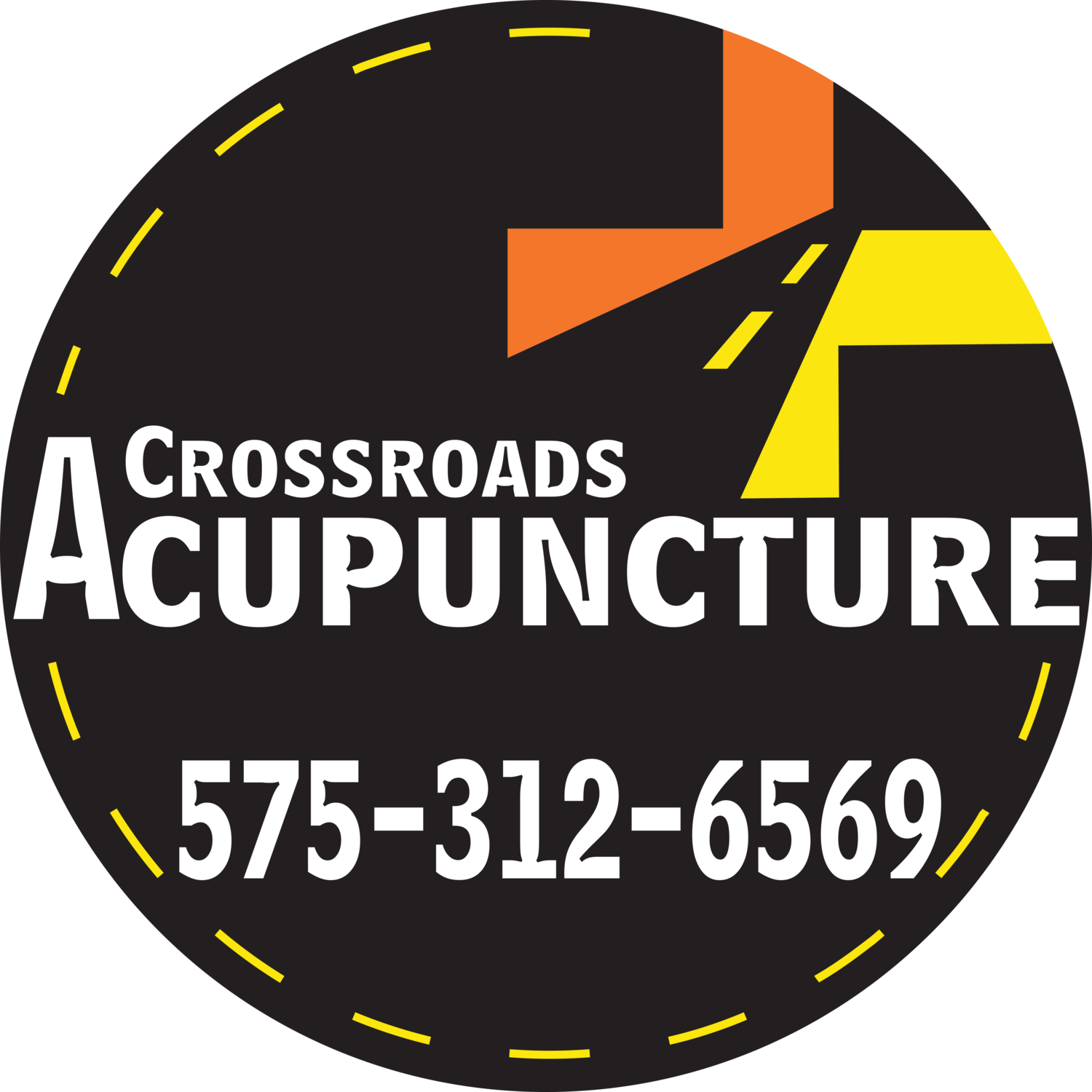Claiming the title: Acupuncturists, Barefoot Doctors, and ADS
6/22/2021
By Ryan Bemis
Who can call themself an “acupuncturist?” The answer is a tricky one, at least in North America.
At the Barefoot Acupuncture Movement, I have found that this question is best answered, discussed and debated with a historical lens, which is the angle that Bob Quinn, a Doctor of Oriental Medicine and professor in the field, took in in his most recent “quintissentials” blog: The Return of the Barefoot Doctor.
While visiting our project with refugees on the border, Bob had the chance to observe students–community health workers–from our Barefoot School, who receive education and training in simple and safe techniques to assist with trauma and mental wellness.
“This is a much better idea than us going in as fully trained (acupuncture) providers and impressing them with all of our knowledge,” he writes to fellow acupuncturists.
“I went out to a Migrant Center where asylum-seekers were stuck in Mexico awaiting their court date in the US,” he describes his experience in his monthly blog on Blue Poppy Press, a company which generously donates acupuncture needles and critical supplies to the Barefoot Acupuncture Movement.
“A group of Catholic women who had been trained in basic auricular acupuncture gave treatments to a small group of mostly men. (One young woman with an infant was in the group; she had been deported from Colorado by ICE.) They all sat in chairs in a circle. The 4-5 barefoot (volunteers) went around the room and gave everyone the identical treatment of 5NP (Five needle protocol – NADA acudetox).”
Acudetox providers (ADS)
Protocols like acudetox (a 5-point auricular acupuncture protocol) are designed for public health settings like refugee camps, homeless camps, and addictions rehabilitation programs.
What do we call these different types of providers, then? And how does this impact care in North America?
In the US and Canada, providers that only apply this auricular protocol are not qualified as “acupuncturists,” but rather are referred to as Acupuncture Detoxification Specialists (ADS). On the other hand, full-body acupuncturists who apply a variety of diagnostics, protocols and other types of East Asian Medicine, commonly take on the title of “licensed acupuncturist.” As to where ADS providers take a 70-hour intensive training, licensed acupuncturists must undergo 3-4 years of academic training at limited accredited graduate programs.
Full-body licensed acupuncturists primarily work in private practice, and rates can be up to $200 or more per session. On the contrary, Acupuncture Detoxification Specialists (ADS) are cross-trained and offer acudetox as an adjunct to the services they already provide, which could be counseling or other behavioral health interventions. ADS-trained providers work as volunteers in disaster relief settings, or at a local shelter. Larger health institutions like VA, Yale Medical School, the Colorado State Mental Hospital, have incorporated this model.
Barriers to care in the US
Unfortunately, the culture of US regulations and licensure in fields of medicine, and the turf wars that dot the historical timeline hundreds of years back, have made for a challenging path for acudetox to be integrated into US healthcare. Today, ADS-trained health workers have many restrictions, which limits access to care for people struggling with problems like addictions, trauma, and mental illnesses like depression, anxiety and PTSD.
Only 50% of the US states allow front-line providers to use this limited but effective skill of ear needling. In states like California and Oregon, where the majority of acupuncturists in the US reside, community workers in these states serving migrants, the homeless, and people with addictions are not able to apply the NADA acudetox protocol.
In many countries in Europe, Asia, Africa, and throughout the Americas, the regulatory climate varies around acupuncture and acudetox. In many cases, acudetox is more accessible outside of the US.
Barefoot Acupuncture Movement in Mexico
Bob, a licensed acupuncturist in Oregon, shares his first-hand experience observing NADA-trained providers in Mexico. He likens our students to the Barefoot doctors from China, which was a program that trained farmers and volunteers in rural areas in basic acupuncture and healthcare.
“I treated a few people myself. I watched the local Mexican women as they worked, and I have to weigh that their skills were about three times as good as mine. I was trained in auricular acupuncture, just like all Traditional Chinese Medicine students, and did rotations in my intern days in public health settings, so I was familiar with the pace and concept, but the skill of these women was far beyond mine. They needle only 5NP many times each week, and I rarely have occasion to do this.”
Titles of Barefoot Providers
The majority of volunteers like this in the Barefoot Acupuncture Movement are working-class women offering free care for people that lack access to basic healthcare. They carry on titles such as:
Barefoot Health Promoters
Acupuncture Detoxification Specialists (ADS)
Auricular Detoxification Specialists (ADS)
NADA providers
Barefoot Volunteers.
The role of acupuncturists in the Barefoot Acupuncture Movement
Full-body acupuncturists do take our trainings and volunteer, although the opportunities for them to make the most of their skills and talents and passion and depth of knowledge on the subject of acupuncture is that of being a teacher: Empowering people to offer care for their own community.
In his May blog, Bob encourages his colleagues to support ADS providers working with underserved groups that don’t have access to full-body acupuncturists. “We need to find a way to support them the best we can.”
You can read Bob’s full essay here:
https://files.constantcontact.com/e5777d60301/b934778c-16f0-4e41-88d9-9bc299d186d6.pdf
